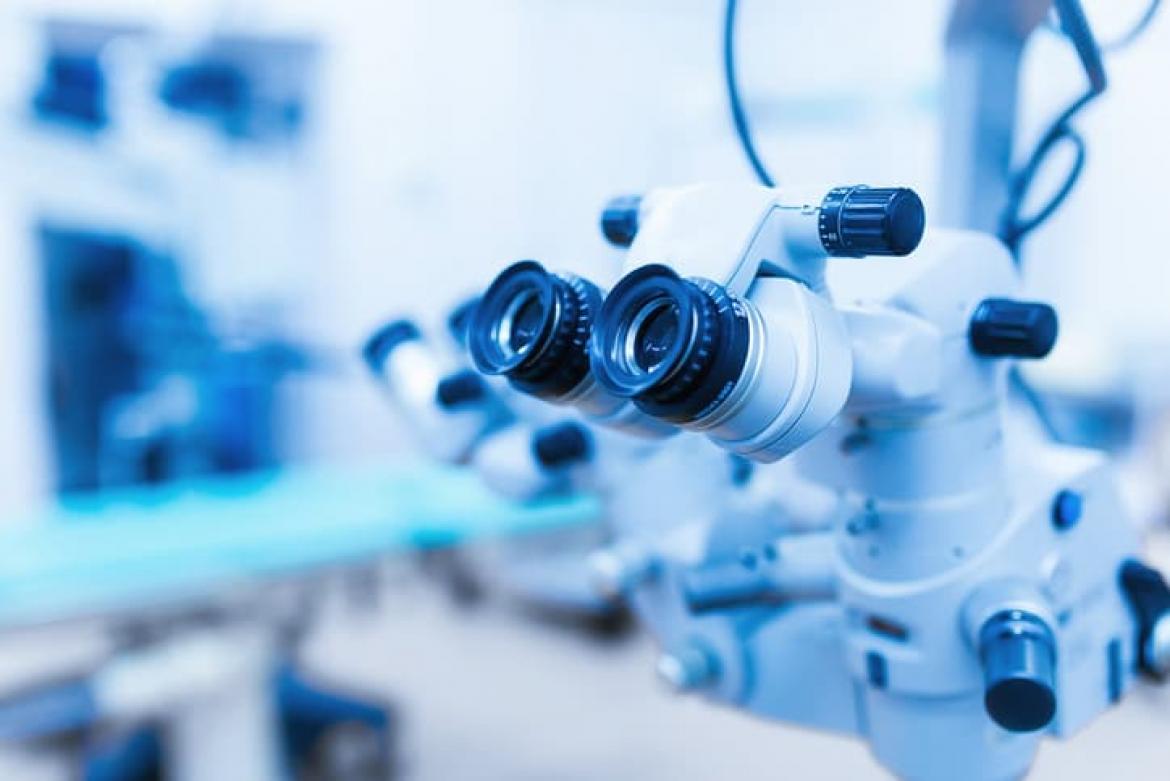Will I need glasses after cataract surgery?

Before undergoing cataract surgery by an Ophthalmologist in Melbourne, you may be wondering whether you’ll still need to wear glasses afterwards.
In general, after cataract surgery people do not need glasses for distance viewing– this means for activities such as driving, golf or watching TV, you should not need to continue wearing glasses. However, in many circumstances people still may need glasses for reading or near work.
Why is this so? Well, first let’s discuss what a cataract is, and what’s involved in the surgery.
Cataract surgery
In each eye there is a natural lens which focuses light. When we are born it is clear; over time it can acquire opacity, becoming cloudy – becoming a cataract.
Once a cataract forms, your vision becomes blurred, and it can only be corrected with cataract surgery. Cataract surgery involves removing the cataract from the eye and replacing it with an artificial lens, restoring the vision.
In modern cataract surgery, careful measurements of the eye are performed before surgery so that the correct power artificial lens is inserted into the eye. By matching the right power lens with a person’s uniquely shaped eye, cataract surgery in general results in excellent distance vision without glasses. However, by choosing a lens that is focused for distance, this often means the lens is not being focused for near work (such as reading or computer work) – that is why reading glasses are often needed following cataract surgery.
But this does not have to be the case – there are other options for people motivated to be spectacle independent following cataract surgery. There are many people today who have had cataract surgery and do not require glasses for distance or reading.
How do we achieve spectacle independence for distance and near activities following cataract surgery? Here are the options:
Monovision
In monovision, different artificial lens powers are chosen for each eye, resulting in one eye focused for distance, and the other eye focused for near. This may sound like a mismatch but in fact it is usually a very successful solution. Approximately 80% of people cope very well with this arrangement. Following surgery, they are not conscious of the difference between the eyes, and automatically their brains know to use the distance eye for viewing the distance, and the near eye for near work.
However, this arrangement does not suit everyone – that is why if this is being contemplated it is important to trial this arrangement by wearing contact lenses before surgery, simulating the monovision. People who do a lot of fine, detailed work – such as jewellers, or surgeons; or people whose work or hobbies involve near work (such as sewing, computer work, reading), might not like this arrangement, as it will lead to overstraining of the near focused eye.
Multifocal intraocular lenses
Multifocal intraocular lenses can be inserted into the eye at the time of cataract surgery to allow people to see both near and distance targets without glasses. However, these lenses are not suitable for everyone. The degree of crispness of vision is often less for multifocal than for other types of intraocular lenses. They can cause haloes, glare or sparkles around lights that can be disturbing; this is why there is a higher rate of extraction of multifocal intraocular lenses following implantation than for other lenses.
Multifocal intraocular lenses are not for everyone. Before your cataract surgery in Melbourne, it’s important you speak with your Ophthalmologist about this option, so you understand the trade-offs involved in pursuing spectacle independence.
Extended Depth of Focus lenses
Relatively new to the market, Extended Depth of Focus (EDOF) lenses offer much promise for people keen to reduce their dependence on spectacles following cataract surgery in Melbourne.
Like multifocal intraocular lenses, they allow a degree of distance, intermediate and near vision, however, they do not produce the haloes, glare, sparkles and reduced contrast sensitivity associated with multifocal lenses. For this reason they are much better tolerated than multifocal lenses. They offer a great range through distance and intermediate vision but are less reliable for very close focusing, and reading spectacles are often still required for very fine print.
Not every eye is suited to EDOF lenses, and pre-operative measurements are used to assess an eye’s suitability for an EDOF intraocular lens.
When it comes to intraocular lenses, there is no one-size-fits-all; rather there are several options, each with pros and cons. Many patients are happiest to be focused for distance and not concerned about the need for reading glasses, while others are keen to explore options for spectacle independence and willing to have some reduction in the quality of vision overall to avoid reading glasses.
It’s important to speak with your Ophthalmologist in Melbourne if you have any concerns ang get their advice on what solution may be best suited for you. For cataract surgery in Melbourne, book an appointment with Dr Simon Skalicky.